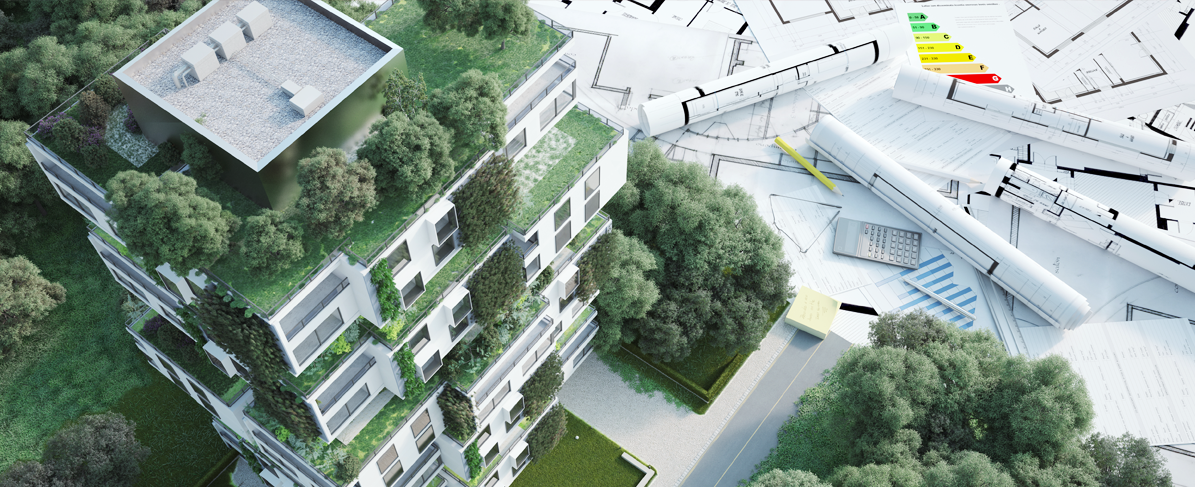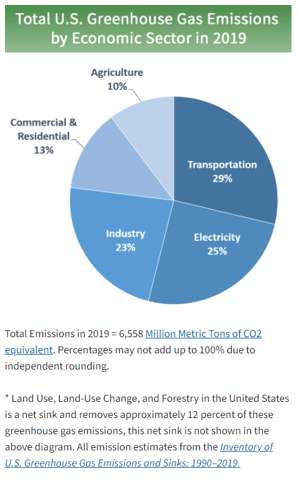With the increase in local laws setting the energy standards for commercial properties, the construction industry must adopt sustainable tactics to conserve energy and decrease emissions of its existing structures. Deep energy retrofitting includes the holistic building analysis and renovation approach to reduce buildings’ energy consumption to meet or exceed these energy benchmarks.
To learn how to conduct a deep energy retrofit, it's helpful to first understand why. In this blog post, we cover the historical background of this sustainability movement and how the construction industry reached its current landscape with new environmental regulations and building codes.
The Backdrop to Going Green
The modern green movement can be traced back to the 1960’s amid growing concerns over humans’ impact on the environment. Ongoing research and increasing public awareness, bolstered by special interest groups, corporations, and governments worldwide, set the stage for a range of regional and national legislation.
In 2015, the global Paris Climate Agreement was signed by world leaders as a legally binding treaty to reduce greenhouse gasses and, ultimately, the global temperature. This agreement, adopted by 196 parties, demonstrated an international commitment to sustainability by aiming for specific targets utilizing a mix of financial, technical, and capacity-building strategies.
Government Responses
Despite political disagreements on the topic of global climate change, governments and private industries have demonstrated their desire for progress and innovation in this space. Specifically in the construction industry, we have seen a significant push to address energy inefficient structures and produce cost-effective retrofit solutions to improve performance.
Cities throughout California, Massachusetts, Pennsylvania, New York, and Ontario are developing programs to target energy reduction in buildings utilizing different incentives and regulatory rules. Other regions are likely to follow suit. While New York’s “Climate Mobilization Act” may be the most assertive, it is a great example of the potential ramifications of such laws. Among its many provisions, Local Law 97 places an aggressive target on the reduction of building carbon emissions by 2024. It also includes significant penalties for failure to meet these targets.
For instance, a building owner of a 1,587,872-square-foot commercial office building in New York City, emitting 14,550 metric tons of carbon, would be 1,016 metric tons over its 2024-2029 limit and pay a fine of approximately $272,288 annually. On top of everyday expenses, this is no small fee. While developing retrofit solutions is an upfront investment, its long-term operational cost-savings and fine-avoidance are a considerable driving force towards proactive investigation and execution of retrofit options.
How Buildings Construction is Impacted
While retrofitting buildings nationwide may seem a difficult undertaking, these structures represent a huge opportunity to reduce emissions. In the U.S. alone, the Environmental Protection Agency (EPA) estimates that commercial and residential properties make up approximately 13% of total greenhouse gases. Considering so many of these structures date back to World War I and World War II era construction methods, they likely also need updating for occupants’ quality of life beyond the environmental and financial benefits to the building owner. From small incremental changes like swapping out lightbulbs or upgrading to a more efficient HVAC system to broader implementation of a full façade restoration, there are numerous pathways for a building to make noticeable steps in the right direction.
New environmental regulations and building codes will soon force owners across the globe to adopt such technical solutions or otherwise pay the price of ongoing fines.
The construction industry faces a monumental task if it is going to tackle the challenges of modernizing and improving the majority of structures in the U.S. and beyond. To that end, building material providers are already making strides in both component technology and total system solutions to assist designers and builders in this initiative. Modular and panelized construction is another avenue for time-, cost-, and energy-savings of both new construction and existing renovations. As capabilities expand, these methods will undoubtedly result in higher-performing structures that can be delivered at ever-decreasing costs.








